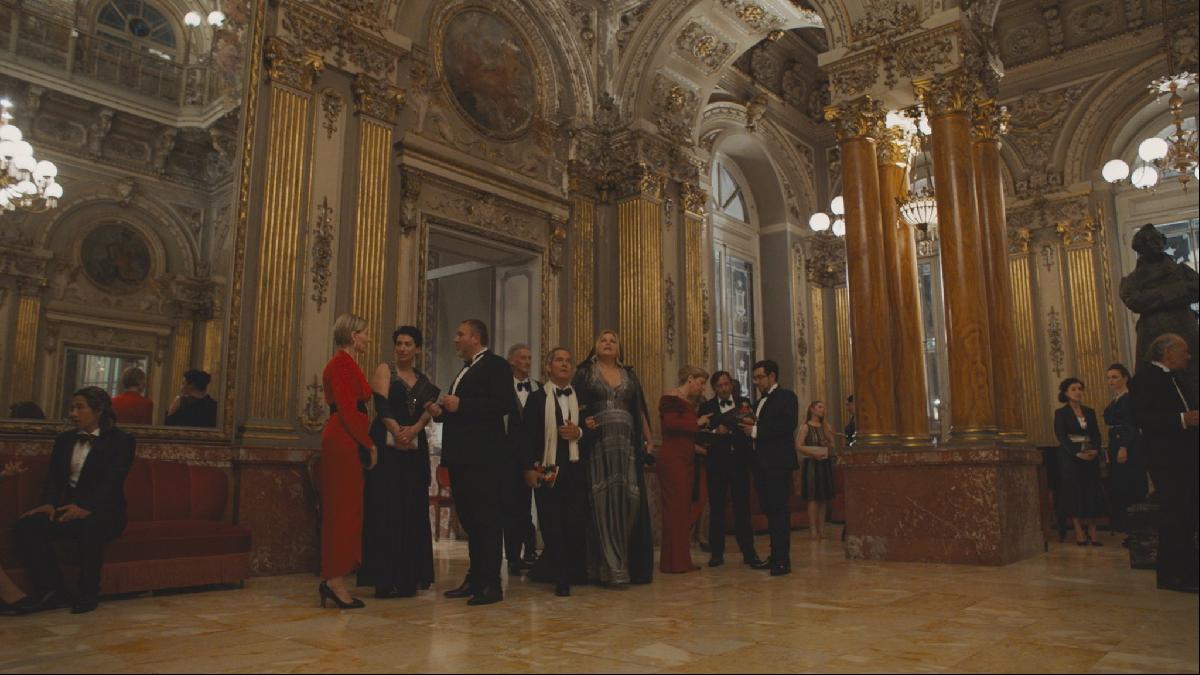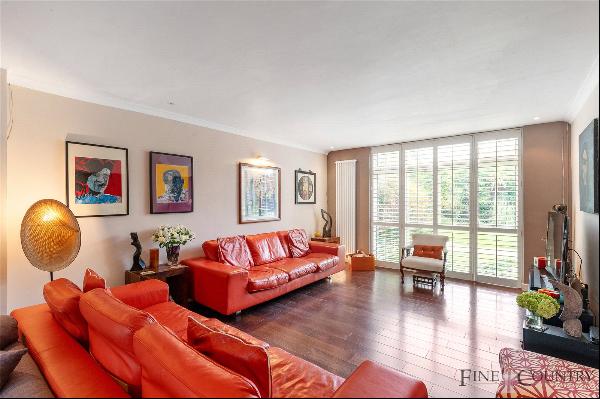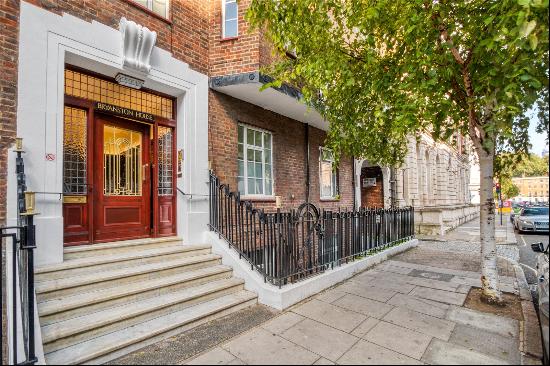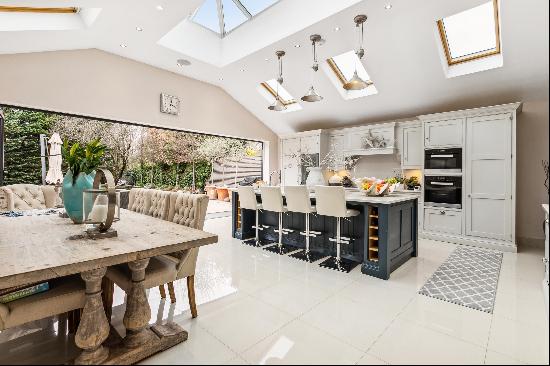
By Marianna Giusti
Warning, contains plot spoilers
My fantasy home is the subject of a recurring dream where I’m inside a Baroque Italian palazzo, somewhere by the sea. It’s a scorching summer’s day and everything is still. There are colourful 16th-century frescoes on the high ceilings and sunlight is playing across the lacquered wooden furniture. From the tall windows, I can see a secluded beach, surrounded by cliffs. I go outside and dive into the sea. When I look back towards the palace, there is something unsettling about its beauty.
I never questioned whether there might be some subconscious meaning to my fantasy home — something in its eerie stillness or recondite symbolism — until I watched the second series of The White Lotus, the final episode of which aired in the UK last night.

The hit HBO show is set in the San Domenico Palace, a quintessential Sicilian palazzo that was built as a convent in the 14th century and sits on a rocky promontory, overlooking the sea. The mirrored halls, suites and terraces of the luxury resort (in real life the Four Seasons hotel in Taormina) are a fittingly spectacular backdrop to the show’s interwoven plot lines of betrayal, sex and murder. And yet the hotel is much more than just a location. Thanks to Cristina Onori’s masterly production design, it is transformed into a Greek chorus that comments on the characters' indiscretions and foreshadows the drama to come.
The first episode, for example, draws attention to the ceramic Moors’ heads from the Sicilian city of Caltagirone that appear throughout the hotel (main picture, top). “What is with these head things?” asks Ethan (Will Sharpe), the Silicon Valley tech bro whose holiday with his friend from college, and their wives, finds him reckoning with his identity and infidelity. “The story is,” replies a White Lotus staff member, “a Moor came here a long time ago and seduced a local girl. But then she found out that he had a wife and children back home. So because he lied to her, she cut his head off.”
In another scene, Ethan’s wife Harper (Aubrey Plaza) is lying on the bed in their suite in lingerie, trying to seduce him. On the wall behind her is the painting “Tarquin et Lucrèce” by Jean-Joseph Taillasson. It depicts Tarquin the Proud threatening to kill Lucretia, a pious Roman noblewoman, if she resists his advances, accentuating the simmering tension between Harper and Ethan’s promiscuous friend Cameron (Theo James).

Later in the series, the action moves to another opulent Sicilian palace in the island’s capital, Palermo. It is owned by British aristocrat Quentin (Tom Hollander), who has been befriended by melancholic heiress Tanya (Jennifer Coolidge). “When I was about 32, the silly old sausage died, leaving me his rather wonderful villa and its never-ending upkeep,” Quentin tells Tanya of his father. In a plot twist worthy of Sophocles, it is here that Tanya catches Quentin having sex with Jack (Leo Woodall), who is introduced as his nephew. Earlier, after returning from the opera (Madame Butterfly, in which the titular heroine dies by suicide), Quentin tells Tanya that: “I would die for beauty. A world without beauty is not a world I want to live in.”
This sense of an intoxicating, all-consuming beauty both redeems the fantasy home of my dreams and is what makes it so disconcerting: a grandly decorated palazzo steeped in myth, where unsuspecting visitors run towards their fate in the effort to escape it — like in all the best tragedies.
Photography: HBO




















